If wanting to understand Warsaw's past, be sure to explore these historical sites and landmarks.
Old Town Warsaw is where it all began, and sadly nine-tents of Warsaw was destroyed during the war.
This sea of rubble became one of the most destroyed cities in Europe, and was rebuilt through 1962.
This is the area where you'll see the majority of historical sites in town. Warsaw became an official city in 1323, and today there is no shortage of streetside cafes and shops waiting to be explored.
In the summer time, the streets are alive with musicians, street artists and locals enjoying life at the many outdoor cafes. In Old Town, some of the old ways of living and enjoying life in Europe are experienced throughout town.
What you see today is the result of years worth of though constructed into genius architecture. The origins date back to the 14th Century where a tower and some wooden buildings once stood. The current structure's construction began at the end of the 16th Century and former rulers demanded several expansions throughout the centuries. A large portion of the castle was damaged in 1939 and later other areas destroyed in 1944. The castle is available for viewing, and visitors meander through many large and small rooms depicting life from the noble perspective. There are a collection of paintings inside the castle from masters like Rembrandt, van Dyck, Joos van Cleve and Gainsborough.
The Royal Route is a is a former communication route that led southward from the origins in Castle Square. Today, some of the most historic landmarks and sites exist on the route to Wilanów (King Jan III Sobieski's personal residence). The route links three of city's royal residences: the Royal Castle, tazienki Park's Palace on the Island and Wilanow Palace. The 11 kilometer route passes through some of the most prominent parks, churches, monuments, historic buildings and architectural wonders in town. Click here for the list of sites along the Royal Route.
In the middle of the castle square is a statue of the man, Zygmunt III Waza, the person responsible for Warsaw becoming Poland's capital city. In 1596, Poland's capital switched from Krakow to Warsaw, which became the center of Renaissance Europe's largest empire. The 22-meter high monument erected in 1664.
The founder of modern astronomy comes from the Polish town, Toruń. The large statue stands before the Staszic Palace, the seat of the Polish Academy of Sciences and surrounded by the bronze Copernicus solar system underneath. This statue has quit the historic past. Erected in 1830, during the second world war, the Nazis placed a plaque on the statue, claiming Copernicus was German. On February 11, 1942, a boy scout called Alek Dawidowski snuck around the guards and removed the plaque. Obviously, the Nazis were not happy and decided to hide the statue.
According to Wiki, "In response, on 21 February, the Germans moved Warsaw's statue of Jan Kiliński to the National Museum in Warsaw. Dawidowski and his comrades retaliated by placing a large graffito on the Museum ("People of Warsaw—I am here. Jan Kiliński") and on 13 March adding a new plaque to the Copernicus monument: "For removal of the Kiliński statue, I am extending the winter by two months. Kopernik."
The mermaid is the symbol and protector of Warsaw. In fact the name Warsaw relates to the mermaid and it's story is quit a unique story. In Polish Warsaw is Warszawa. Wikipedia states, "Folk etymology attributes the city name to a fisherman, Wars, and his wife, Sawa. According to legend, Sawa was a mermaid living in the Vistula River with whom Wars fell in love."
According to Atlas Obscura, "The legend of the Warsaw mermaid, or “syrenka” in Polish, is a relatively simple one. She originated from the Baltic Sea, where (according to some versions of the story) she had a twin sister, the famous Little Mermaid of Copenhagen. The syrenka swam up the Vistula River until she was at what is now Warsaw’s old town. There, she saw some fishermen catching fish and decided to meddle with their nets and free the catch.
The fishermen were angry at the meddlesome creature and tried to catch it, but once they saw the mermaid and heard her siren song they could not harbor any hate for her any longer. Later, the mermaid was captured by a rich merchant who wanted to haul her off as some kind of prize. But the fishermen would not have it and freed her from the greedy man’s clutches. The mermaid was thankful and promised to protect the fishermen and their homes from then on. From that moment, she became the city’s guardian and protector in times of need."
A copy of the statue resides in Old Town Market Place. The original statue was removed due to vandalism.
Old Town Market Square
This square was once the epicenter of commercial life in Warsaw. This square is the most historic area in Old Town, and surrounded by Baroque and Renaissance facades that were once merchant's homes. Although post war replicas of what once stood, this square was rebuilt to it's original form. It is not uncommon to find artists in the square selling paintings and drawings.
This is one of the oldest landmarks in Warsaw. Founded in 1454, the church was rebuilt several times, with its final construction in 1788 displaying a Neoclassical facade. The exterior displays four evangelists and the interior features a baroque design. The church features a stand alone bell tower, where many visit to admire the lookout spot over castle square, old town and Krakowskie Przedmieście. The only drawback is that visitors must climb 147 stairs to get to the viewpoint.
This street is part of the walk along the Royal Route. Often used by the wealthy and the aristocrats, the street originates from the 16th Century when the upper crust traveled this road from the city to the country side. Once Warsaw's population grew, so did the aristocrat homes along this street. And during the Napoleonic times, the wooden structures were rebuilt into Neoclassical villas and mansions.
This Lemon Tree article is now featured on GPSmyCity. To download this article for offline reading or travel directions to the attractions highlighted in this article, go to Historical Sites You Can't Miss in Warsaw.
Let's Connect!
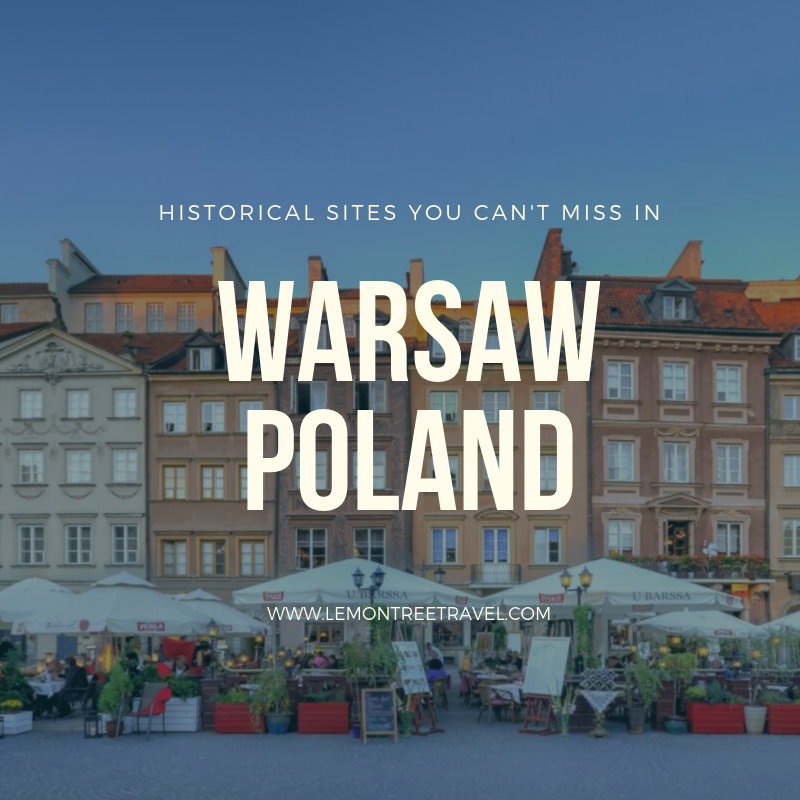
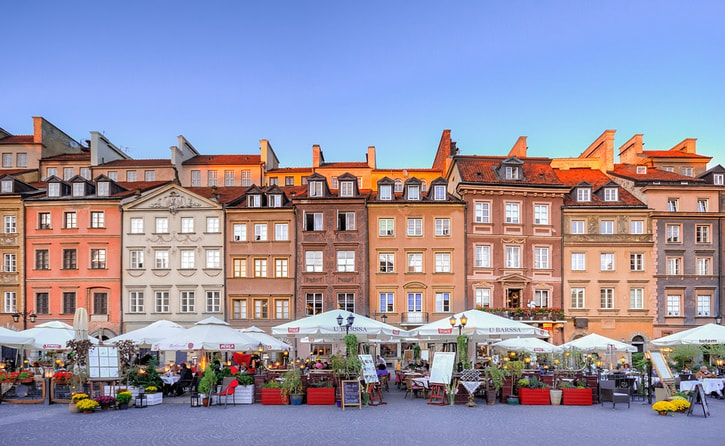
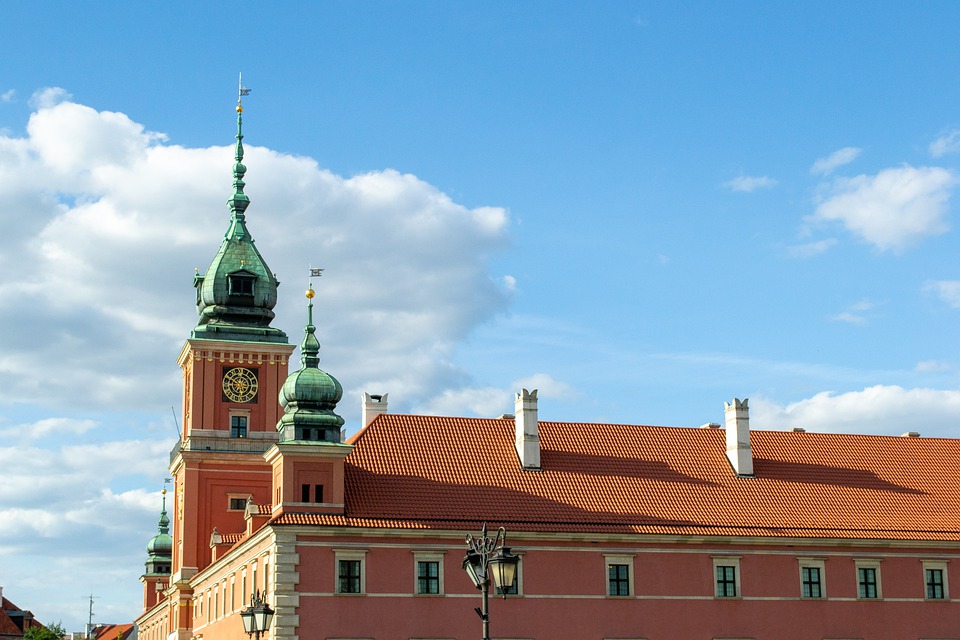
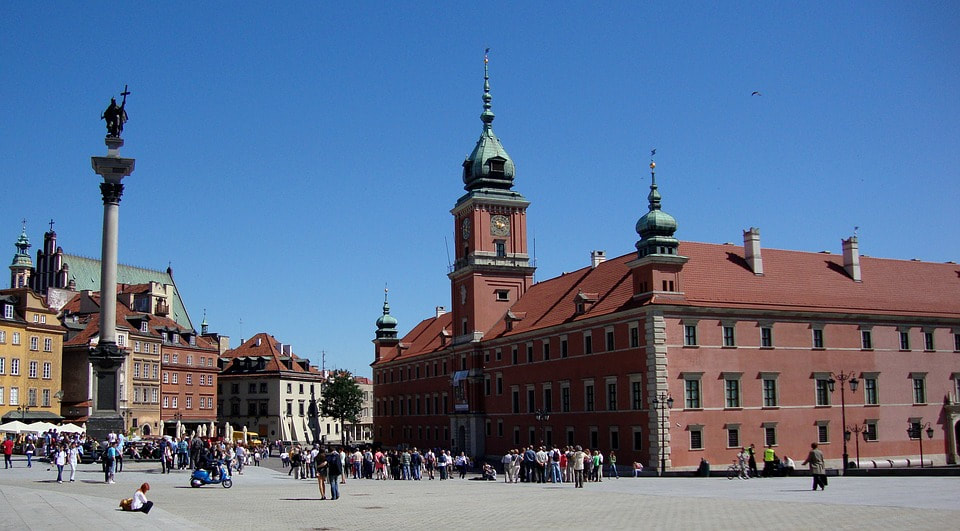
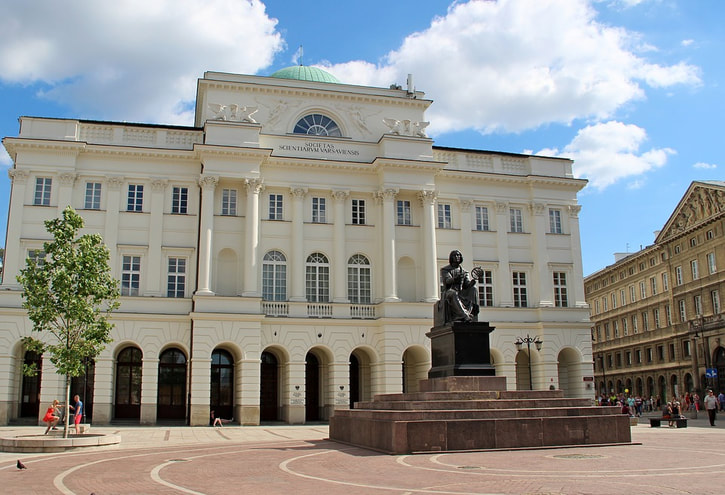
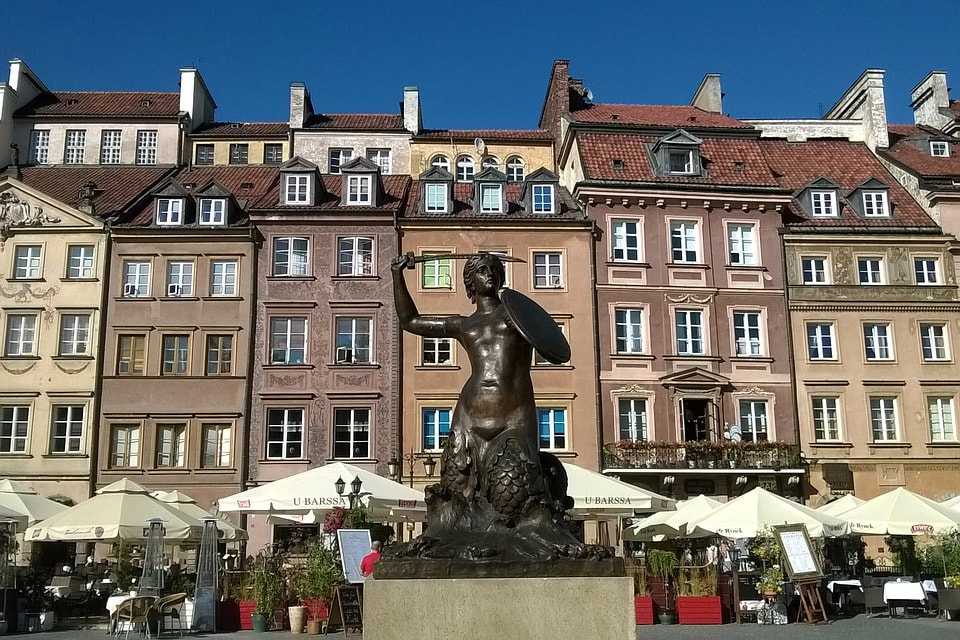
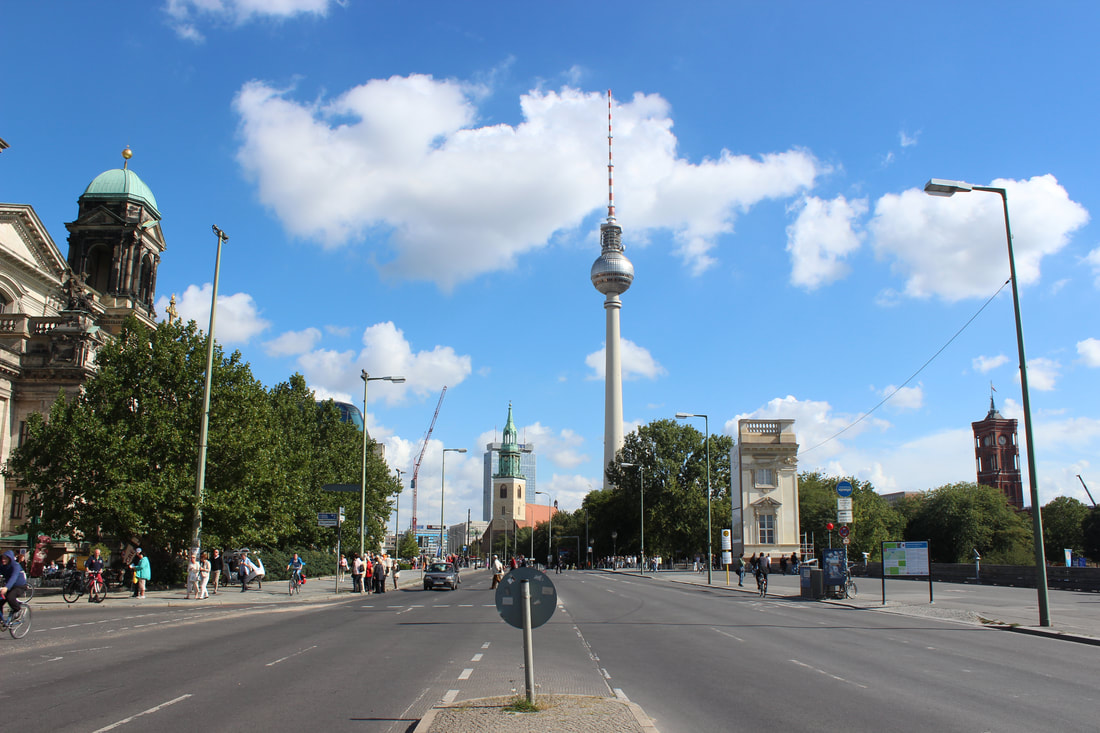
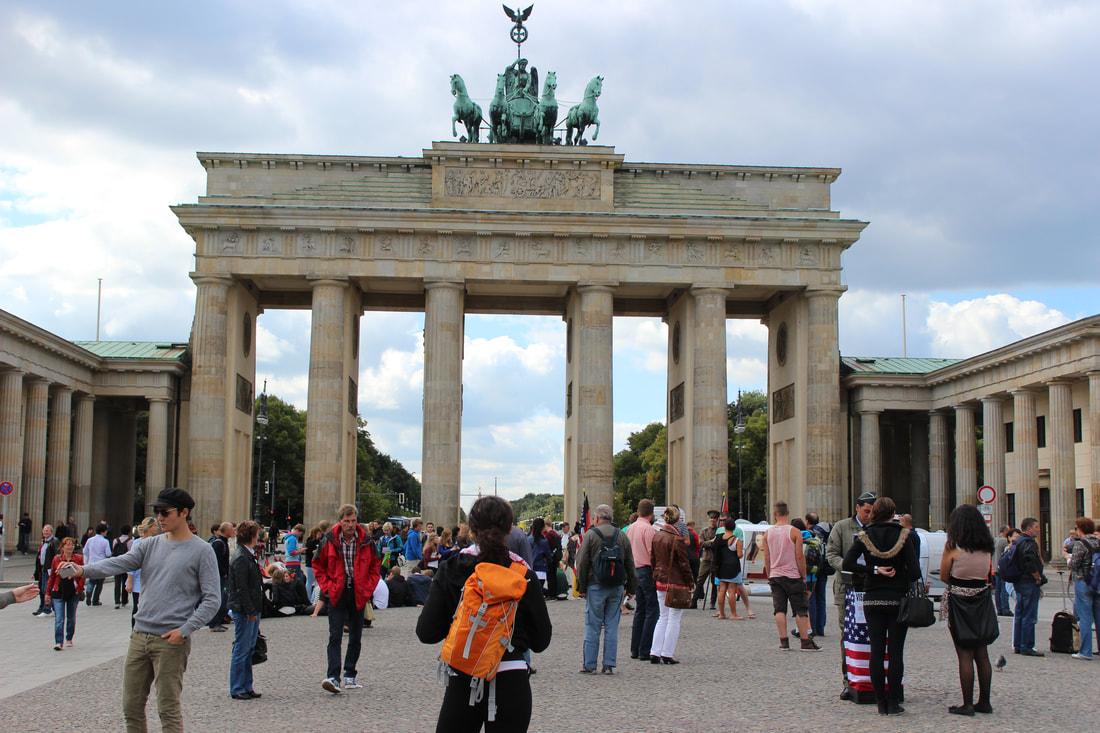
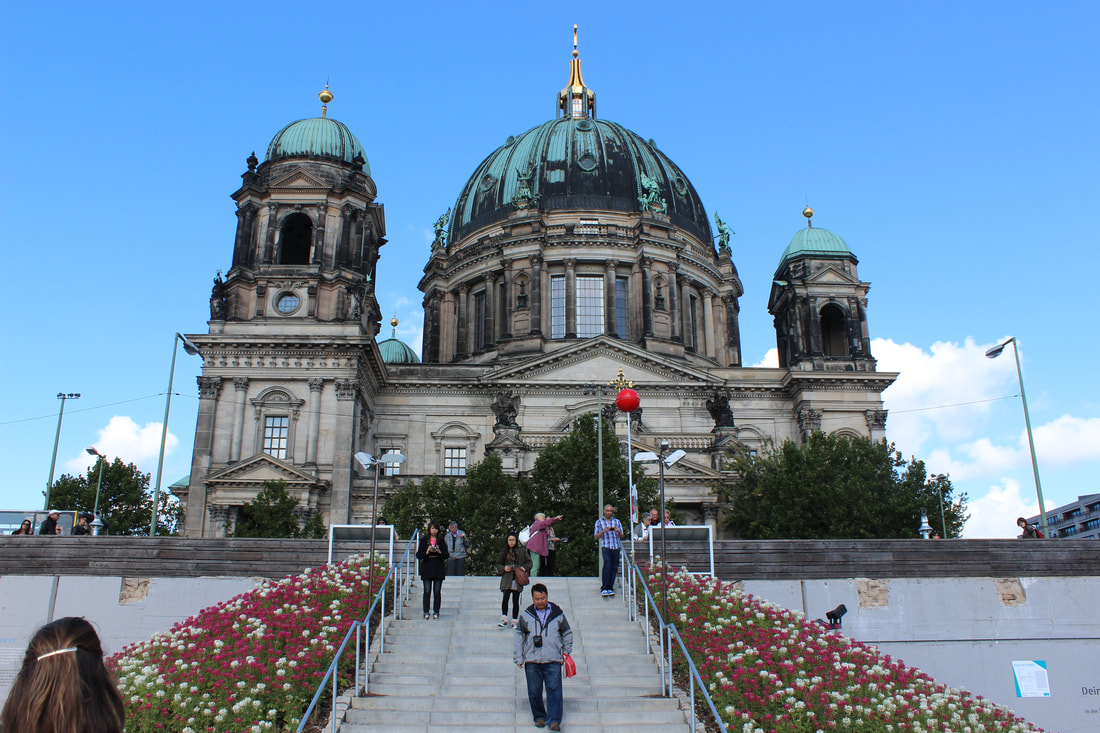
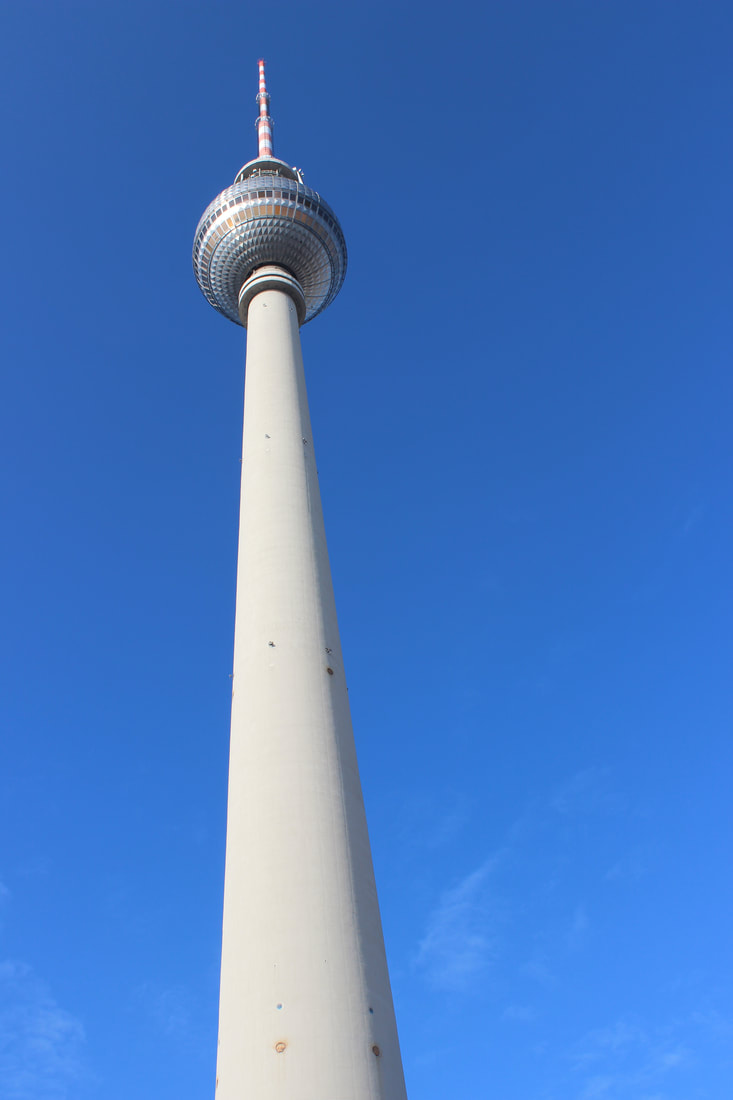
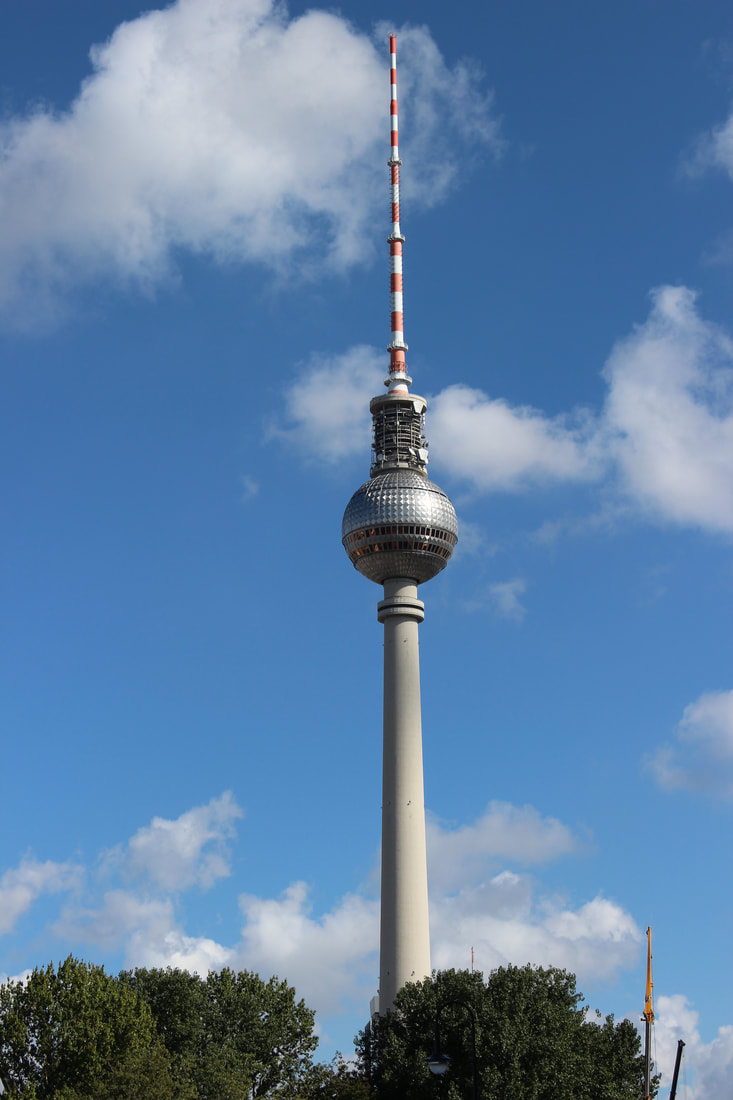
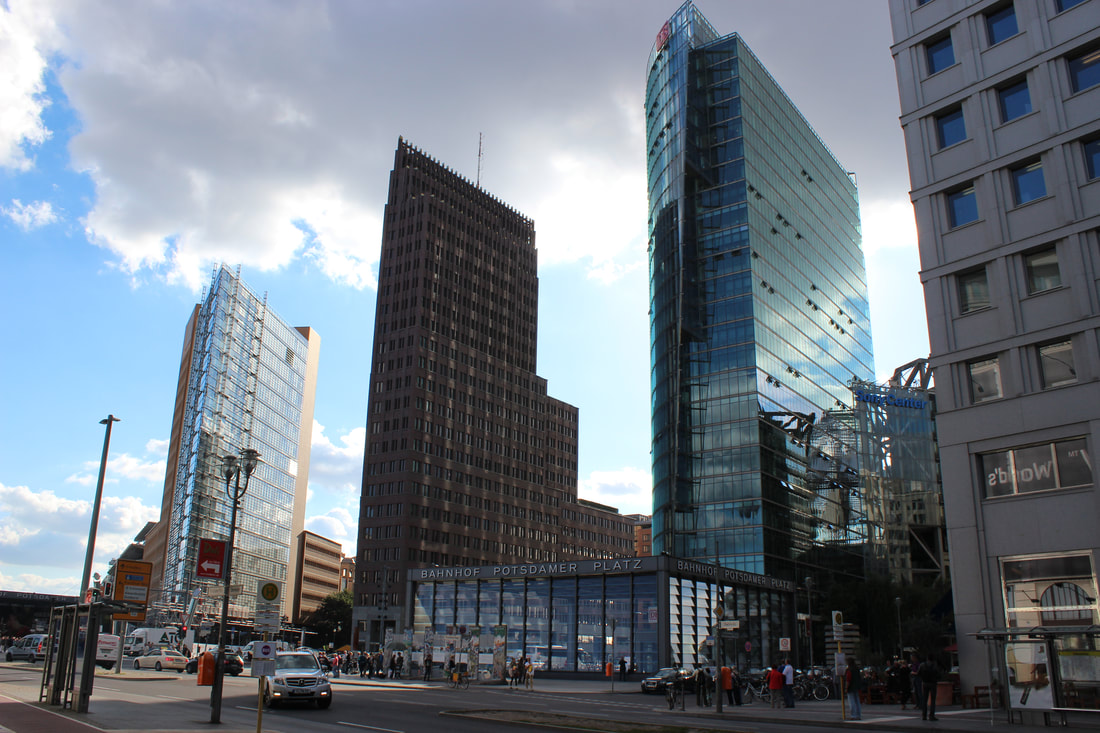
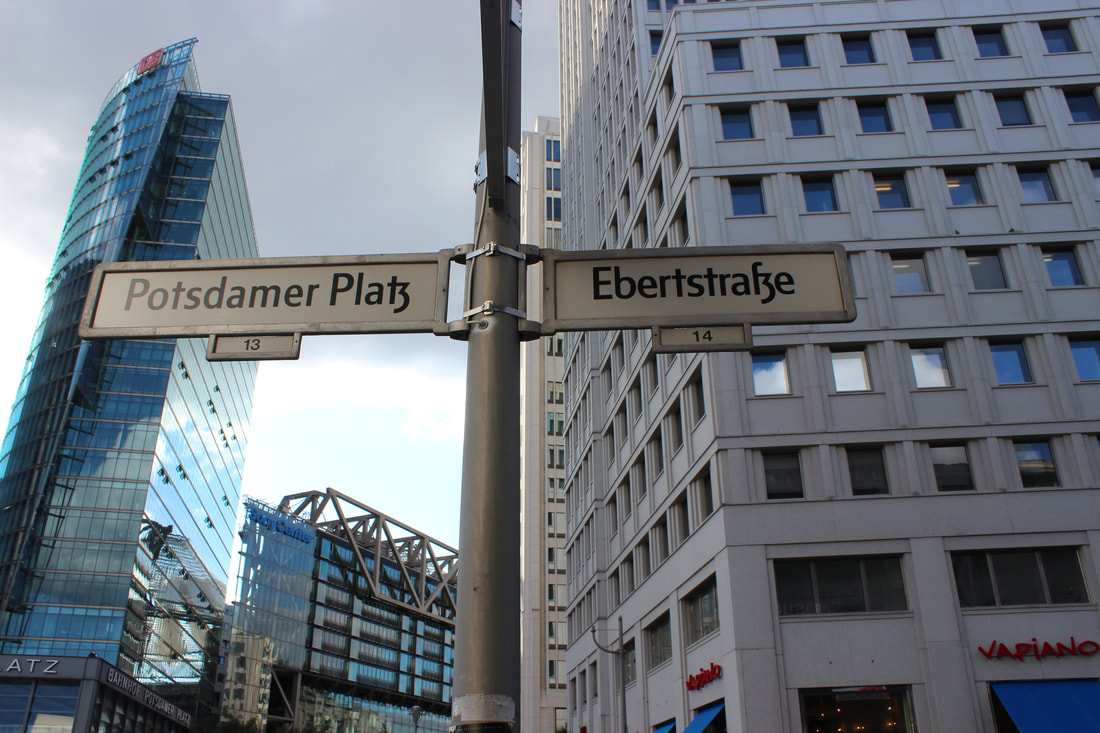
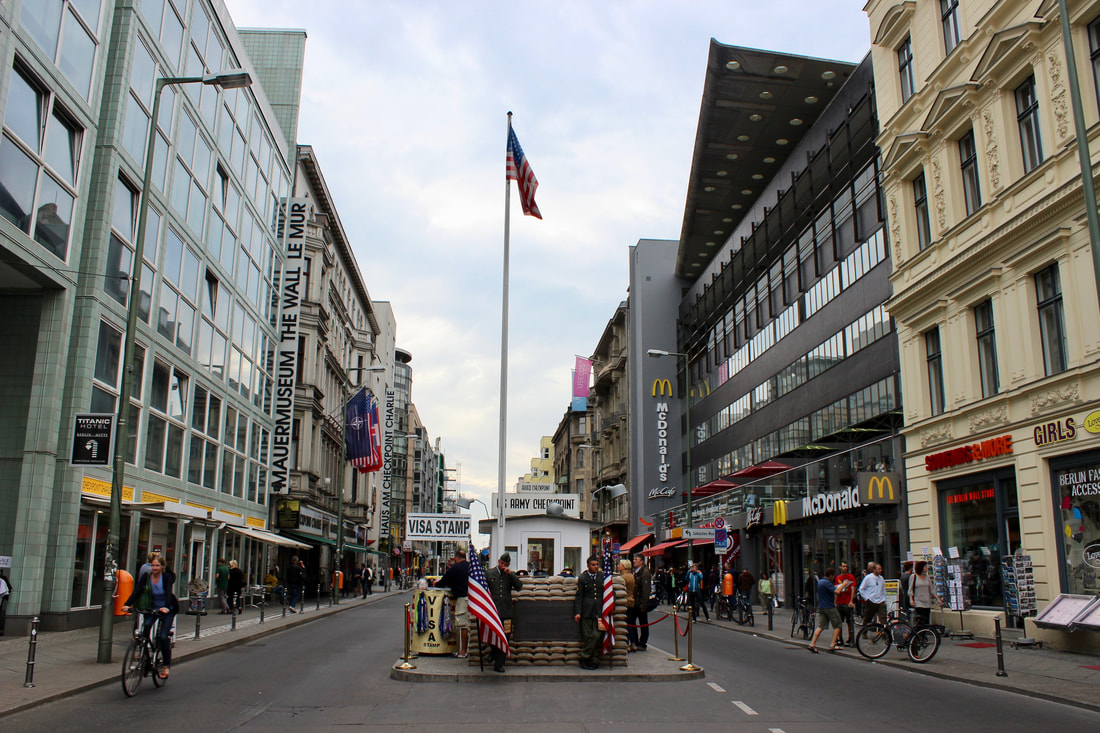
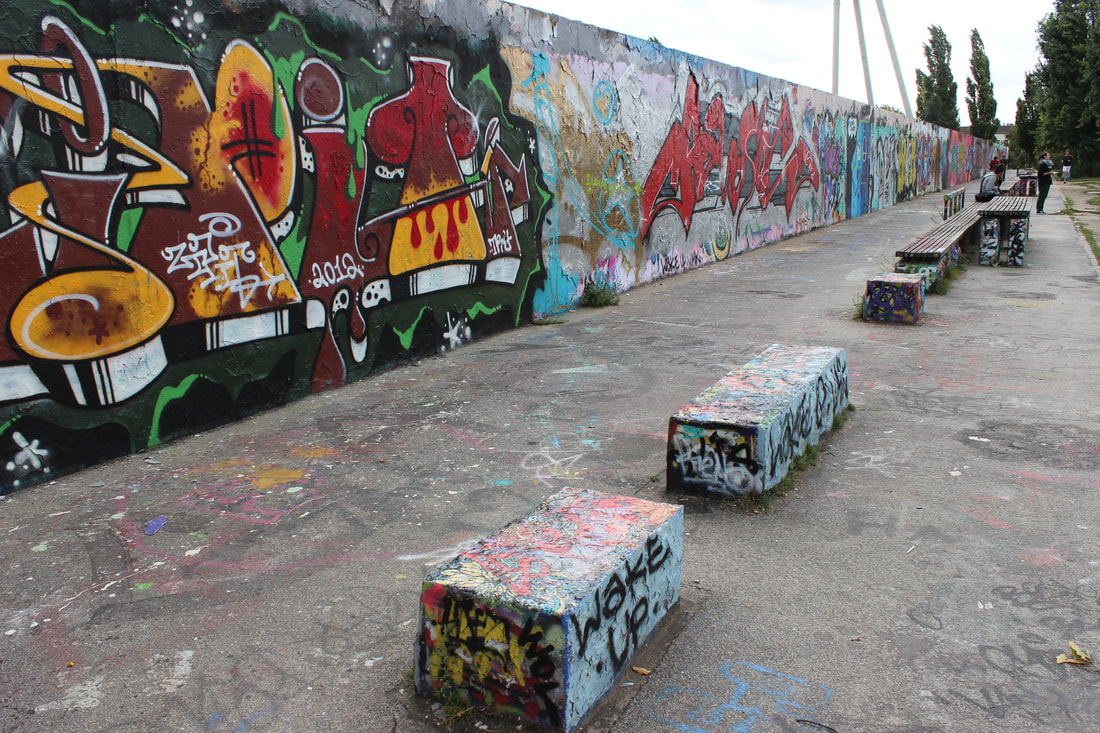
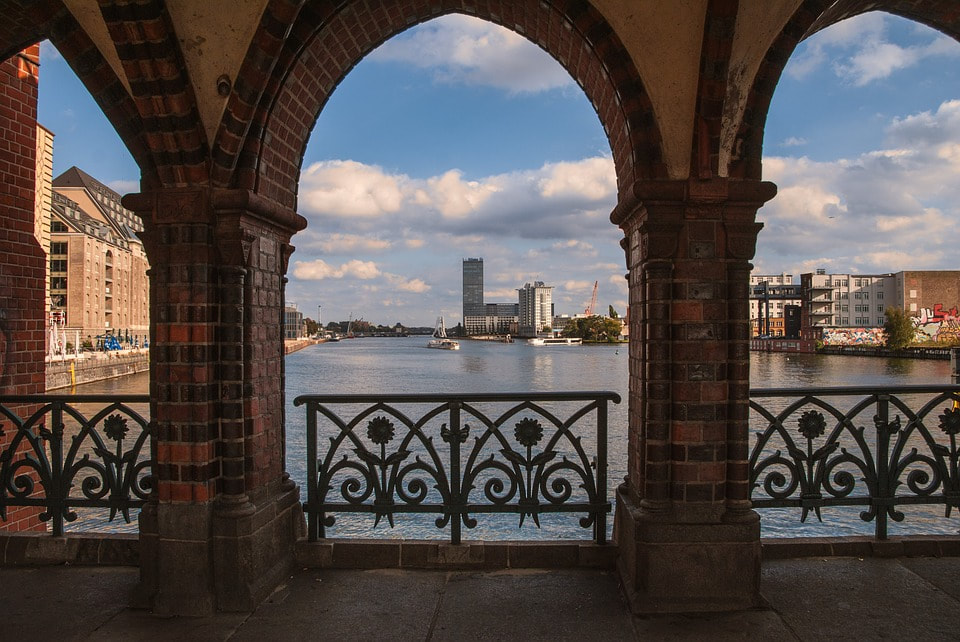
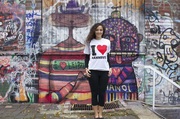

 RSS Feed
RSS Feed